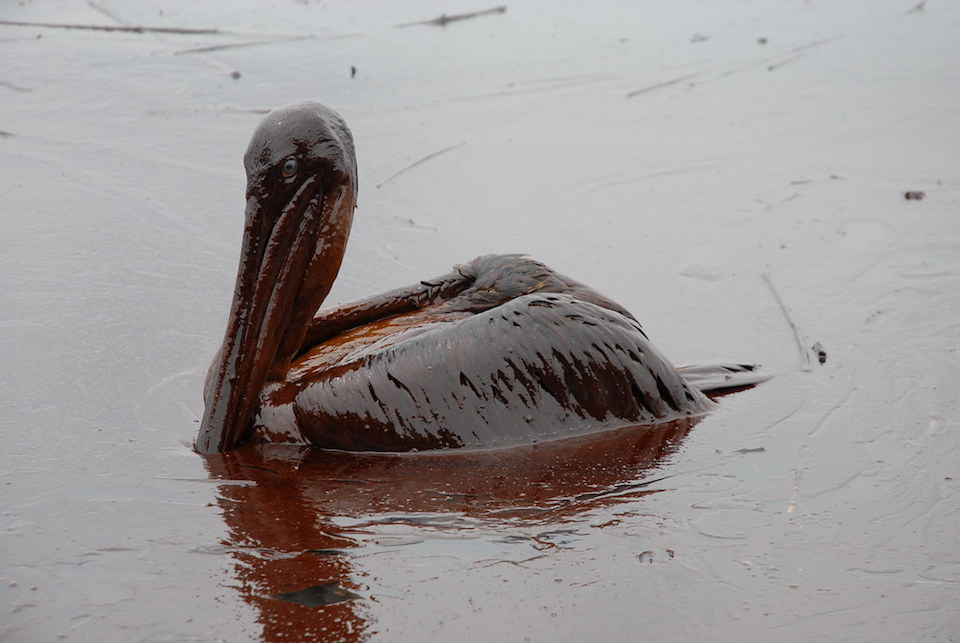Interaction with Existing Non-climate Stressors

Climate change will compound many of the existing stressors and threats to species and habitats and lead to an increased rate of biodiversity loss.
Three key drivers of biodiversity loss include existing threats, direct effects of climate change, and the interaction between the existing threats and climate change. The ability of species and systems to adapt to climate change will be further challenged when considering the effects of these other stressors.
The overall vulnerability of some ecosystems may be primarily driven by the severity of these non-climate stressors and by how they interact with climate change. The synergistic effects of climate and non-climate stressors, leading to range reductions and population declines, may be severe enough to threaten some species with extinction or extirpation from significant portions of their ranges.
Synergistic Effects of Climate Change and Non-climate Stressors
Impacts of climate change may be exacerbated by existing stressors:
- Pollution may increase sensitivity of corals to temperature and bleaching
- Destruction of riparian vegetation may increase stream exposure to higher temperatures/ erosion
- Habitat fragmentation may limit adaptive capacity
- People’s response to climate change may cause additional stressors
Climate change may exacerbate existing stressors:
- Heavier downpours may lead to more polluted runoff
- Warming may allow movement of nonnative species and diseases
The primary existing threats to Florida’s species and habits that are expected to have synergistic effects with climate change include:
- Habitat loss, fragmentation and degradation
- Invasive species
- Pathogens, pests/parasites, and pollutants
- Competition for resources and overexploitation
What's next?
Learn about interactions between climate change and habitat loss in Florida.